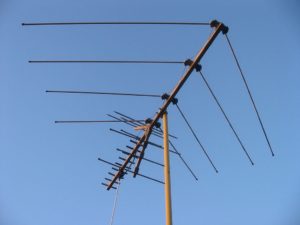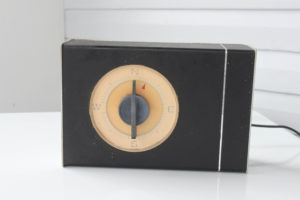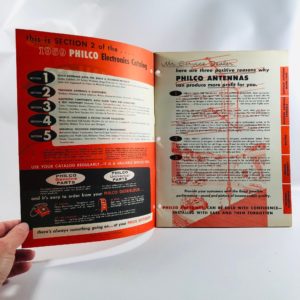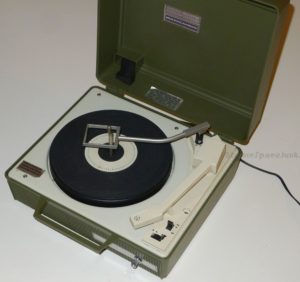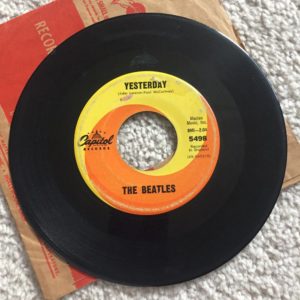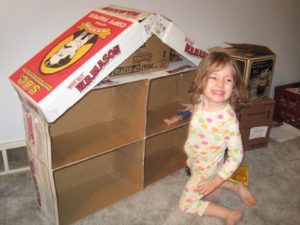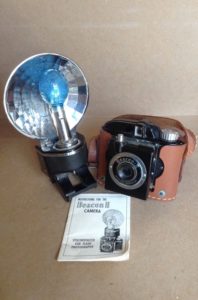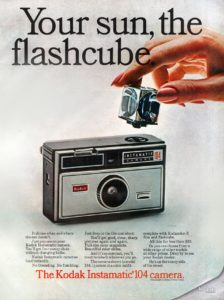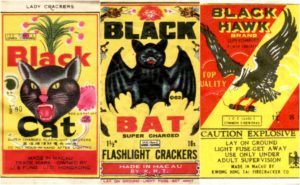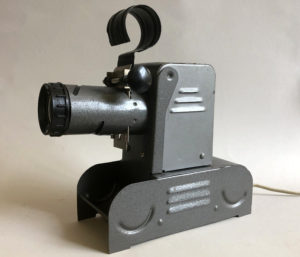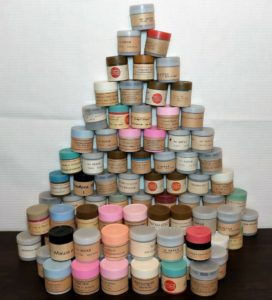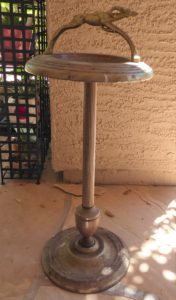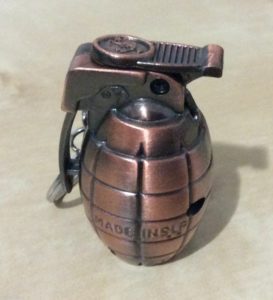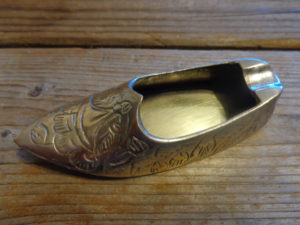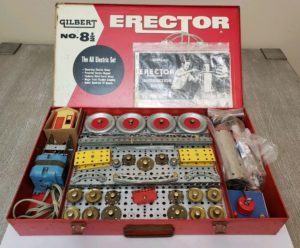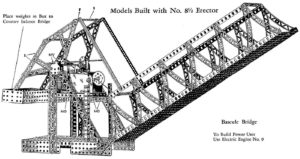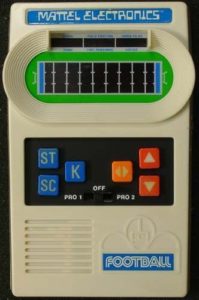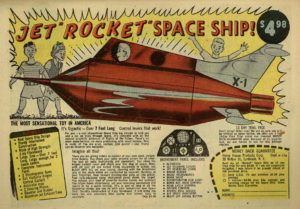
How cynical we Baby Boomers are. And for good reason, too. After all, we devoured comic books like they were cotton candy. And the comics’ ten or twelve cent price was subsidized by advertising. But it wasn’t just advertising. It was huge, colorful, lavishly illustrated ads for things that, if we could persuade our parents to part with their hard-earned dollars so that we could obtain them, turned out to look nothing like the ads promised.
Take, for example, the six-foot Polaris submarines and rocket ships. My beloved Archie and Superman comics were profusely populated by half-page blurbs showing unbelievably real looking submarines and rocket ships available for a tiny fraction of the millions of dollars their real-life counterparts would cost.
What a bargain! What kid should be denied their very own submarine for a paltry $6.98? Just think how much fun it will be when we take that bad boy down to the lake and surface in the middle of startled swimmers!
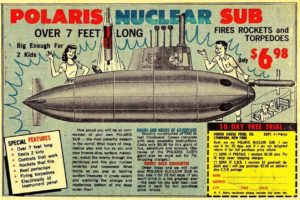
Well, as we learned from any monkeys or dogs in teacups that we might have tried to obtain, the truth is often different from what the ads promised.
I never knew any kids who actually obtained the sub or rocket ship. But stories spread throughout Nichols Elementary School about a kid that someone else might have known who ordered one, only to have a big, flat package delivered to their home. The package was full of pre-cut cardboard and assembly instructions.
No rivets, no titanium, no nuclear powered propulsion. Just a big cardboard thing that, if left out in the rain, would quickly biodegrade into dirt.
I wouldn’t try surfacing under any surprised swimmers at the lake in that puppy if I were you.
Thus, the rest of us decided that hounding our parents for such a disappointment simply wasn’t worth it. Instead, we concentrated in sales pitches for more substantial items like, say, G.I. Joe’s.
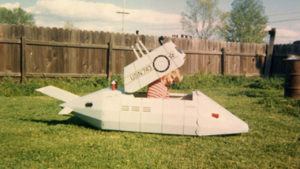
However, that didn’t keep me from reading the ads over and over again. Part of me wanted to believe that the other kids had lied, that you really could receive a space-worthy vehicle for what you dad would spend to fill up the car two or three times. No wonder we didn’t trust The Man. We couldn’t even trust Superman.
But you know what? This amazing photo of a kid in an actual Polaris sub, taken in July, 1967 shows that the cardboard Polaris sub was a pretty stinking cool looking item. Check out how that conning tower raises and lowers!
So why did the sellers of rocket ships and submarines not just come clean with us and let us know what exactly it was that we were buying? Their sales might have been even more brisk, since the derisive talk at school about what you REALLY got for your $6.98 wouldn’t have been around to cause them (and, by association, all other advertisers) to be mistrusted.
Oh well. At least we Boomer kids got a dose of how the world really operates at a good young age.
